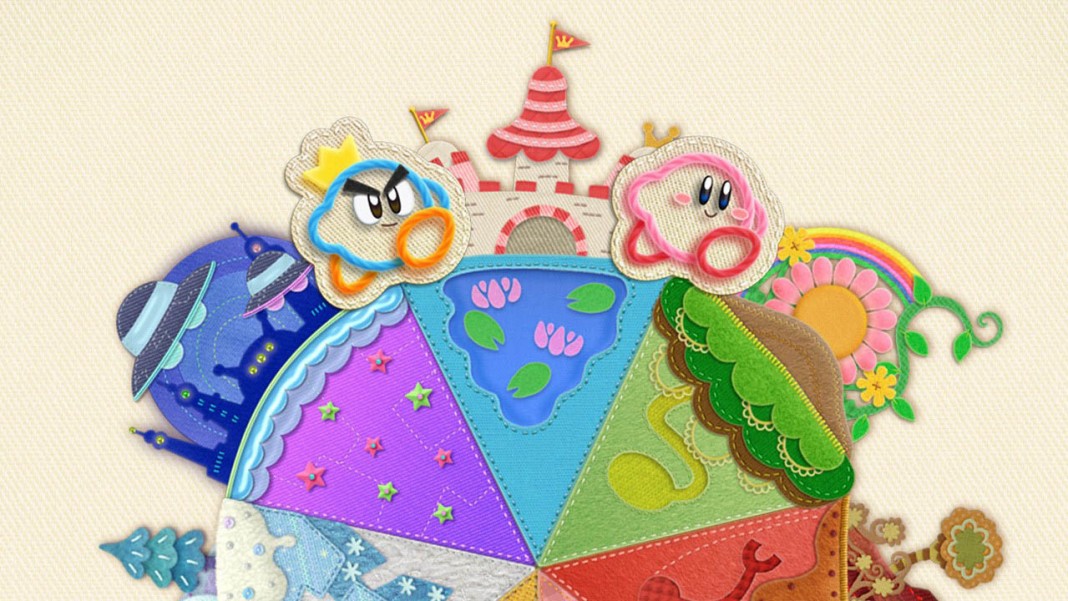Games scholar James Paul Gee introduces the idea of an intersection between identity and learning in his book entitled What Video Games Have to Teach Us about Learning and Literacy, through which he infers that video games are particularly able to encourage the player to assume the identities and mindsets necessary for learning. The ideas and concepts behind it are fairly simplistic and straightforward: the player is asked to fully assume the role of the player character and, depending on the type of game and the degree to which the player is able to influence the course of the game, make decisions that affect not only the character but also the player acting through the character in a way that is not possible in literature or film. However he also addresses the importance of the affinity group of gaming’s semiotic domain, which is the group of people associated with that domain or its community, in supporting and encouraging the learner. Through this support the learner is not only enticed to put more effort into learning, or in this case playing, but creates a connection between the virtual world and the real world. But when the community is outright hostile – as it often is for women and other non-heterosexual, non-white gamers – the boundaries for learning and the struggle in assuming the identity of “gamer” become immense.
Gee discusses that there are a few blockades towards learning in relation to the assumption of a semiotic domain’s identity involving the necessity of the learner’s will and ability to see themselves “as the kind of person who can learn, use, and value the semiotic domain” and that “in turn, they need to believe that, if they are successful learners in the domain, they will be valued and accepted by others committed in that domain – that is, by people in the affinity group associated with the domain” (59). It is this acceptance and value that is often denied female and nontraditional games. While the game itself may be a proficient psychosocial moratorium, or a learning space in which the learner feels comfortable with taking risks and where real-world consequences do not threaten derailment (although I would argue this might not even be true if a game has a harmful portrayal of a female character, person of color, etc.), for female or nontraditional gamers the blatant and even socially accepted discrimination or hatred directed towards the learner from the community or affinity group can deter entry and further learning. Success is not rewarded but rather questioned, scrutinized, or outright denied, in such common ways as having one’s favorite titles be labeled as “casual” or undeserving of the “gamer” distinction.
Furthermore, as such discrimination is encouraged within the community, it has become a part of the gaming affinity group’s accepted behavior and rhetoric. It functions as a part of its “external design grammar,” the principles and patterns of the group through which one can learn what is or is not an acceptable or typical social practice or identity. As it becomes normalized – even in such widely mainstream contexts such as Spike’s Video Game Awards – it perpetuated the message that this behavior is acceptable within the community.
While there are certainly those who are are actively combating this disturbing normalcy, this rejection may prevent even an attempt at entering the gaming semiotic domain. As Gee states, “repair” must be done if a learner has already internalized a negative identity in relation to the learning. The most common of these is, as my brother used to fondly tell me, that “girls suck at playing video games,” a barrier that must be overcome before proceeding. Furthermore women or nontraditional gamers may be reluctant to connect their virtual gaming identity with their real one and may avoid claiming themselves as a gamer for fear of such discrimination. Indeed, even some within the industry are reluctant to become “public” for this reason. All of this points to a breakdown in the process of learning for those who do not meet the exclusionary identity of a gamer created by the gaming community as it bars entry to gaming’s semiotic domain.




